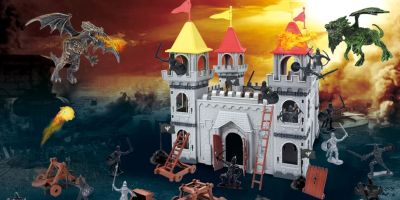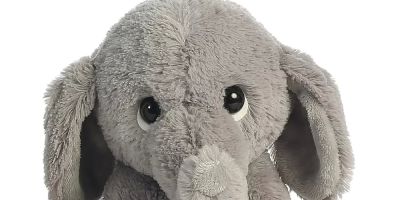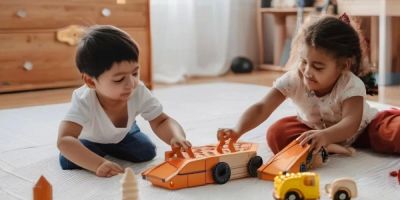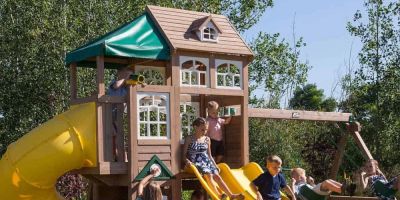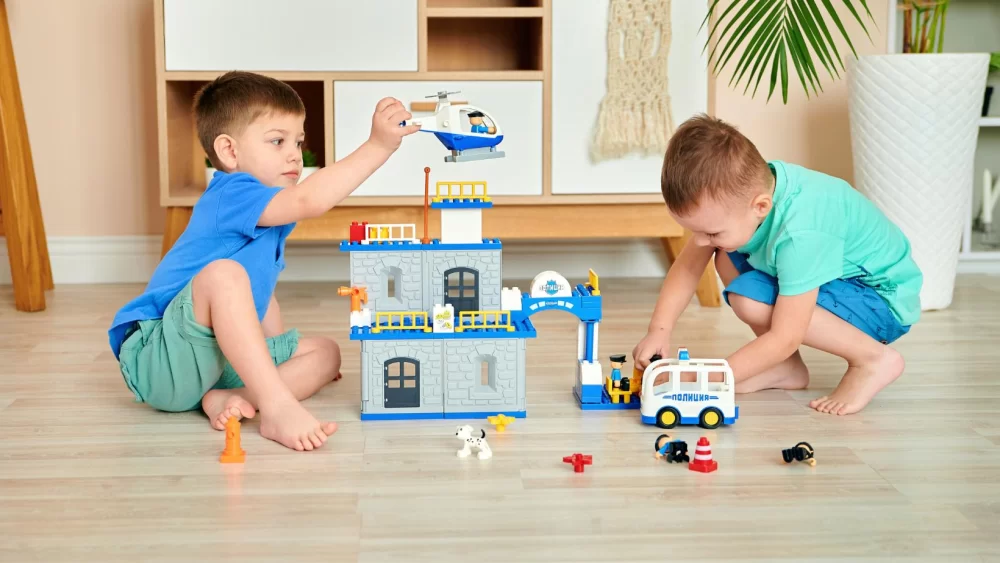
The Role of Toys in Cognitive Development: Unlocking the Power of Play
As a parent, caregiver, or educator, one of the most fascinating aspects of childhood development is how children learn and grow through play. I’ve always been intrigued by how a simple toy can spark the imagination and cognitive abilities of a young child. The role of toys in cognitive development is not just about fun and entertainment, it’s a critical aspect of how children develop essential skills that will help them navigate the world around them. Through play, children learn to solve problems, think critically, and develop creativity. But what exactly is going on in their brains as they interact with toys? Let’s explore this exciting topic further and see how toys contribute to cognitive development in ways that might surprise you.
The Connection Between Toys and Cognitive Growth
When I think back to my own childhood, I remember a variety of toys—blocks, dolls, puzzles, and board games. Each of these toys played a unique role in helping me develop different cognitive abilities. For example, building with blocks helped me understand spatial relationships, and solving puzzles taught me problem-solving skills. This connection between play and cognitive growth is supported by numerous studies in child development, which emphasize that toys provide a safe and engaging way for children to explore and process their environment.
One of the most important aspects of toy-based learning is that it provides children with the opportunity to explore cause and effect. For instance, when a child pushes a button on a toy car and it moves forward, they begin to understand that their actions have consequences. This type of play helps children form a foundation for more complex cognitive skills like reasoning, planning, and decision-making. Whether it’s stacking blocks or solving a puzzle, toys allow children to learn in an interactive way that simply cannot be replicated through passive activities like watching TV.
Different Types of Toys and Their Impact on Cognitive Development
Not all toys are created equal, and different types of toys serve different developmental purposes. I’ve always believed that selecting the right toys can greatly influence a child’s cognitive growth. Let’s take a closer look at some common types of toys and the specific cognitive skills they help develop:
1. Educational Toys
Educational toys are designed specifically to enhance learning. These toys often involve numbers, letters, shapes, or colors, and they are an excellent tool for early childhood education. By interacting with educational toys, children can develop basic math and literacy skills in a fun and engaging way. For instance, a toy that teaches counting or the alphabet can introduce young children to the foundational concepts that they will build on as they grow older. Not only do these toys promote learning, but they also encourage independent thinking and problem-solving as children experiment with different ways of playing.
2. Creative Toys
Creative toys like art supplies, musical instruments, and building sets are designed to inspire imagination and creativity. I remember hours spent with Legos, crafting my own little world, or drawing pictures with crayons. These types of toys promote divergent thinking, where children are encouraged to think of multiple solutions to a problem or come up with unique ideas. By engaging with creative toys, children learn to express themselves, think abstractly, and develop new ways of approaching challenges. Creative play also helps children build a sense of accomplishment, boosting their self-esteem.
3. Puzzles and Problem-Solving Toys
Puzzles and toys that require problem-solving, such as shape sorters or games like jigsaw puzzles, are particularly beneficial for developing logical thinking and cognitive flexibility. These toys teach children how to analyze situations, identify patterns, and make decisions based on the information available to them. The process of figuring out how to solve a puzzle or complete a task helps improve memory, attention, and concentration. Over time, these skills translate into better academic performance and everyday problem-solving abilities.
The Importance of Social Play and Toys
Another important aspect of toy-based learning that often gets overlooked is social play. When children play with others, especially in group settings, they develop vital social and emotional skills. Toys like board games, role-playing sets, and dolls can help children understand the concept of sharing, empathy, cooperation, and conflict resolution. I vividly recall playing board games with my siblings, learning how to take turns, follow rules, and negotiate when things didn’t go my way. These experiences were not only enjoyable but also instrumental in my social development.
Through social play, children also begin to understand how their actions affect others, which is crucial for emotional regulation and building healthy relationships. Role-playing toys, in particular, allow children to act out different scenarios, which helps them practice problem-solving and learn the importance of perspective-taking. Whether they are pretending to be a doctor, teacher, or parent, these toys provide opportunities for children to explore different social roles and enhance their communication skills.
How Toys Foster Early Language Development
Language development is one of the most critical aspects of cognitive development in the early years, and toys play an essential role in this area. From a young age, children begin to associate words with objects, actions, and events through play. I remember how I would sing songs and recite nursery rhymes while playing with dolls or stuffed animals, which helped me expand my vocabulary and understand sentence structure. Simple toys like picture books, musical toys, and interactive learning games encourage children to speak, listen, and engage in conversations.
As children grow older, toys that involve more complex storytelling, like dolls, action figures, and puppets, help children learn how to narrate stories, follow sequences, and improve their comprehension skills. These types of toys encourage children to develop a richer vocabulary and understand how language can be used to communicate ideas, emotions, and information.
How Can We Choose the Right Toys for Cognitive Development?
As a parent or caregiver, choosing the right toys for your child can be an overwhelming task, especially with the vast array of options available in the market. However, the key is to focus on toys that align with the developmental stages and interests of your child. It’s essential to select toys that challenge children without frustrating them, allowing them to feel a sense of accomplishment as they play and learn.
For infants and toddlers, toys that promote sensory exploration—such as rattles, soft blocks, and musical instruments—are great for stimulating brain development. As children grow older, toys that encourage problem-solving, creativity, and social interaction should take precedence. Toys that engage children’s senses, encourage them to think critically, and spark their imagination are always worth considering. Above all, remember that the best toys are those that keep children engaged, happy, and curious about the world around them.

